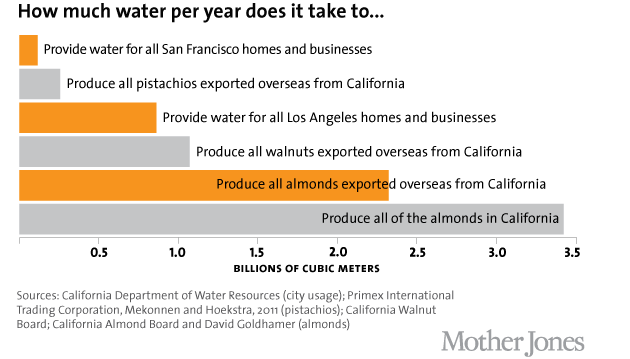More water in the ocean means less drinking water for you
Most of us don’t associate rising sea levels with water scarcity. After all, wouldn’t more water from melting glaciers mean… more water? In fact, rising sea levels driven by global warming are increasingly encroaching on coastal farmlands. This phenomenon, known as saltwater intrusion, means that as sea levels rise, they push saltwater into freshwater sources, damaging crops and soil. According to the United Nations Environment Programme, "Saltwater intrusion is becoming a major issue, affecting 10% of the world’s rivers and impacting both agriculture and water supplies" (UNEP, 2022).
In Bangladesh, saltwater has damaged around 1.5 million hectares of farmland, making it harder for crops to grow (UNEP, 2022). In Florida, the rising sea levels are making groundwater more salty, which is threatening about 30% of the state’s farmable land (Nature, 2024). In Vietnam's Mekong Delta, saltwater intrusion has reduced rice production by up to 30% in some areas.
To make matters worse, many aquifers - underground freshwater sources that farmers rely on - are becoming depleted because of excessive water extraction, further straining the water resources farmers rely on. From California’s Central Valley to the croplands of Iran, groundwater levels have been dropping fast over the last 40 years. A recent study looked at data from 170,000 wells in over 40 countries and found that over-pumping is causing serious problems for aquifers, which are essential for providing water during dry times (Nature, 2024). California has recorded some of the fastest-declining aquifer levels in the world.
Almonds are notorious for their water usage - it's time to be mindful of what crops are drinking up your water supply as it begins to dwindle.
Where do we go from here?
Unfortunately, there aren’t easy answers. Governments and investment firms (we’re looking at you, Venture Capitalists!) should double down on investing in innovative farming methods that reduce overall water waste (e.g., AI-powered drip irrigation). At the same time, you as the consumer should educate yourself on which foods you eat are most “water thirsty” and make an effort to shift away from them to help the ongoing crisis. For example, a 2019 study found that California almonds use about 3.2 gallons of water for EACH almond. So next time you’re at the grocery store, maybe skip the almonds in favor of peanuts, which have only 21% of the water footprint of almonds!


